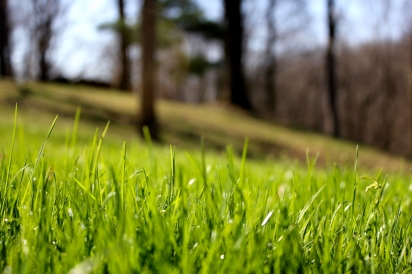Home Composting, Turning food waste into gardening gold
Home composting decomposes yard and food waste to produce humus, a stable organic amendment that improves the structure, fertility and biodiversity of the soil. Composting is no more difficult than baking a cake and includes many of the same steps: selecting a container, measuring the ingredients, stirring, cooking and stabilizing.
The simplest, most effective composting container is a circle of hardware cloth (½-inch mesh) with a diameter of three to five feet and a height of three feet. Average cost is $30 to construct; it will last decades and all material is available at local hardware stores. This will work for urban or rural homes.
The ingredients include dried leaves, weeds, grass clippings and food scraps sufficient to fill the container, along with soil, water and air. Do not use meat, bones or dairy products.
MEASURING [Make this all caps and bold and in white scribble box font] is done by layering the ingredients to obtain a carbon-to-nitrogen ratio of about 30:1. (There are many websites dedicated to calculating this ratio online.) Water content should be that of a squeezed sponge, and air is introduced through stirring.
The secret ingredient is the community of microbes (mainly bacteria and fungi) added by including a few ½-inch layers of soil between the sequences of organic matter.When the microbes begin decomposing the organic materials, the compost will heat or cook. When the heat begins to decrease, stir or turn the compost and repeat until it no longer reheats on turning.
The compost is finished when it looks and smells like rich soil. Allowing it to stabilize for a month before using it in the garden will improve its quality. The process from start to finish can take between one to six months, depending on ambient temperature, materials composted and number of turnings.
Nitrogen-Rich Items, or Greens, Include:
Coffee grounds
Eggshells
Fruit and vegetable peels, seeds and cores
Grass clippings
Green leaves
Human urine is a good source of nitrogen for the composting process, as long as it does not contain antibiotics.
Carbon Producers, or Browns, Include:
Dry leaves
Hay
Mulch
Old topsoil
Sawdust
Twigs
Excluded items:
Bones
Dairy
Meat
Oily food scraps
Manure from household pets or barnyard animals given antibiotics
For more detailed information on composting please visit: cwmi.css.cornell.edu/factsheets.htm
Contributor: Co-founder and first chairman of the Bloomington Food Policy Council, Inc., Michael teaches the Master Composter class, the Grow Organic Educator Series, the Certificate in the Organic Management of Orchards and other horticultural classes in Bloomington, Indiana.






